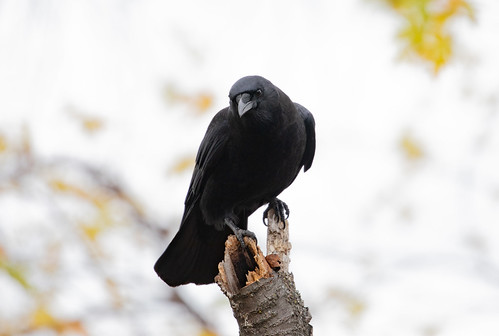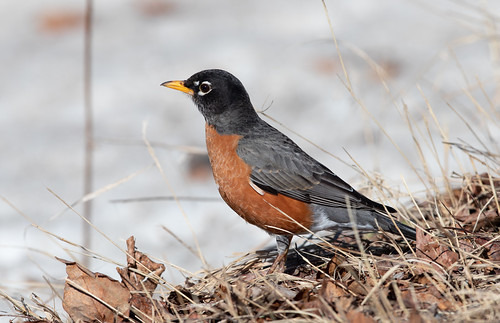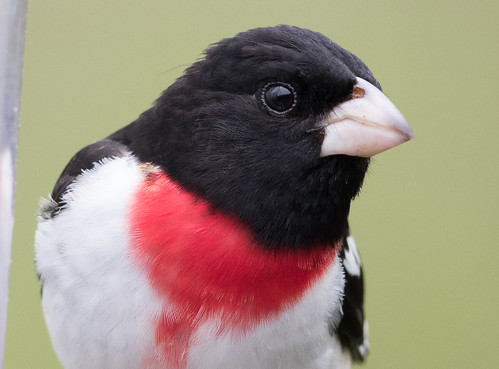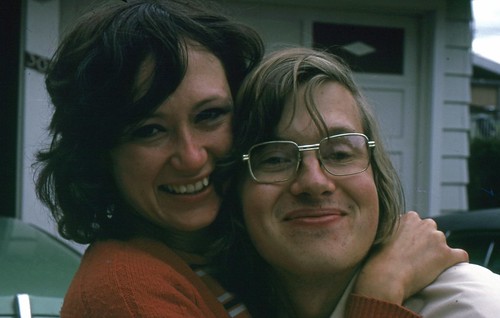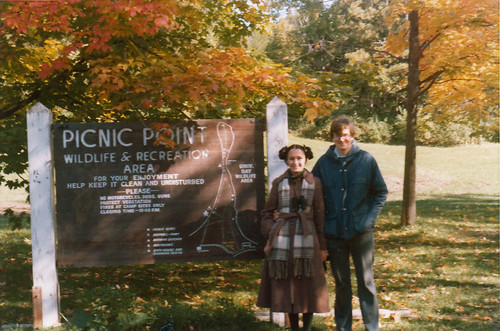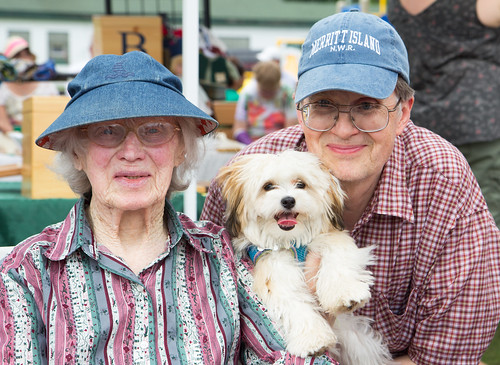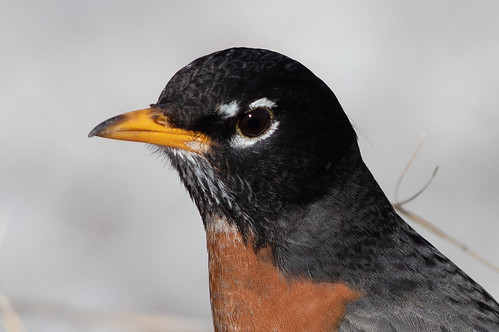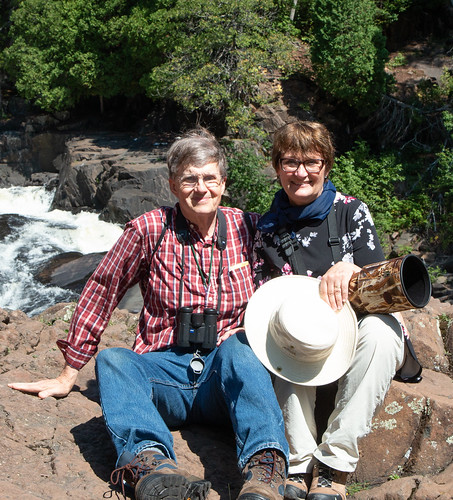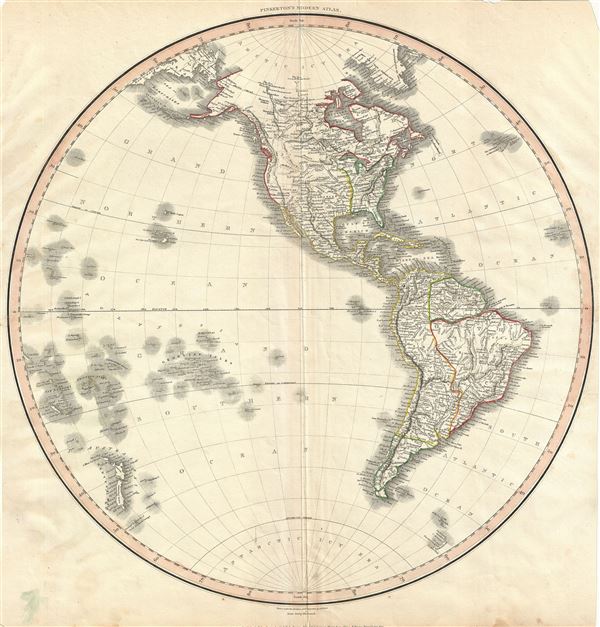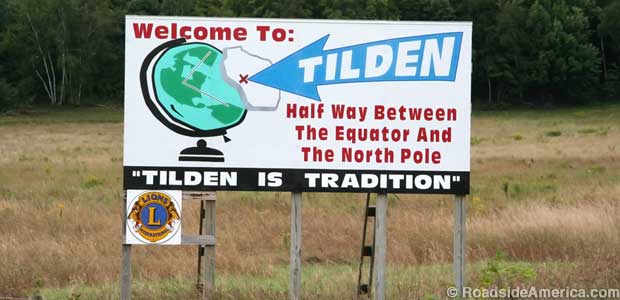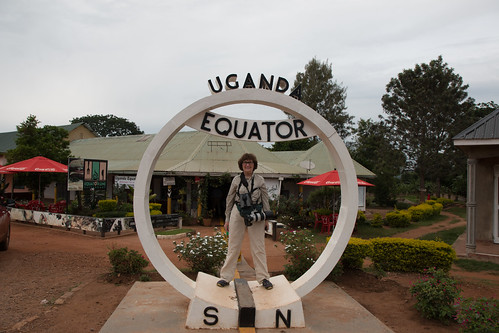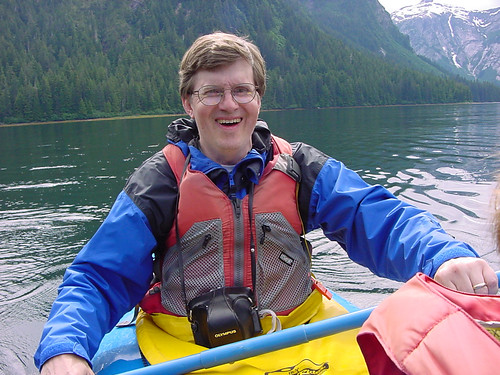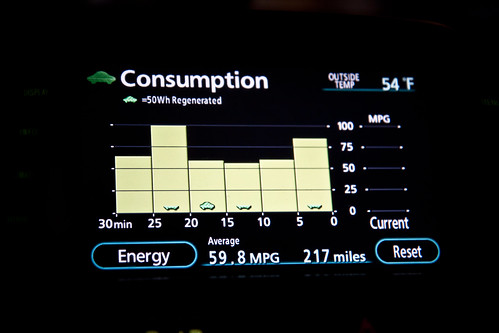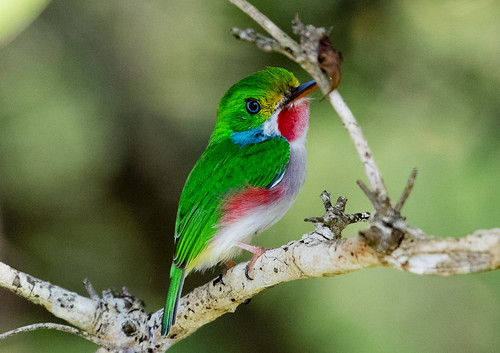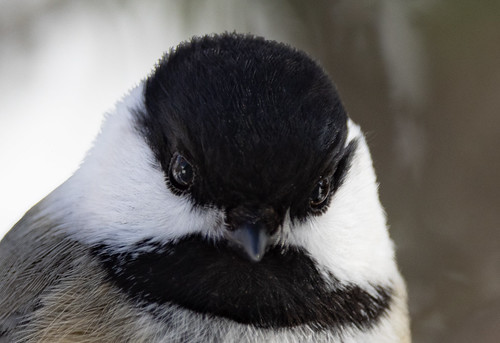 |
| Photo of Australian Magpie by JJ Harrison via Wikipedia |
For the past month or so, people have been sending me links to various news sources around the world (like this New York Times article) reporting on the “discovery” that Australian Magpies are smart. These birds certainly have proven to be smarter than scientists realized, not just outsmarting them but also thwarting a very expensive research project.
To attach GPS tracking devices to individual magpies, researchers took six months developing a harness that would be comfortable and not intrusive, lightweight but strong, and virtually impossible for the magpies to remove—at least by themselves. And the day they finally put the harnesses on five study subjects, the birds flew off showing no signs of distress at all. The researchers thought everything was going perfectly.
But then, within minutes, one of their study birds, a juvenile, was seen pecking at its own harness, and was quickly joined by another juvenile who also pecked at it. Within the next 10 minutes, an adult female joined them. She pecked at various points on the juvenile's harness until she came to the weak point, a 1-millimeter clasp which she snipped with her beak. At the same time, two other magpies were seen attempting the same thing on a power line . They lost their footing and fell, flew to a nearby tree, and continued to work on the project together. The next day, two magpies were seen still wearing a harness and tracker, but within three days, all five of the harnesses had been removed.
The researchers, sentient beings themselves, may have been heartbroken and discouraged, stymied as far as their original research goals, but they managed to make lemonade from these lemons. They published a paper in Australian Field Ornithology reporting on this “altruistic rescue behavior.”
The only similar behavior in birds reported in the literature was a paper about Seychelles Warblers helping other birds in their social flocks to remove a dangerous kind of sticky seeds from their plumage. Those seeds represent a real danger to the warblers—the Australian Magpies had no previous experience with harnesses to know whether they were dangerous or not. And the researchers could not be certain that the birds actually figured out that one weak point on the harnesses or if they simply chanced upon it while pecking all over.
Ravens, crows, jays, and magpies in the Americas and Eurasia belong to the family Corvidae. In the same way we humans think our species is the only true intelligent life form on this planet, we Americans think OUR birds, the ones living in North America and Europe, are the most intelligent of birds, so even though scientists and regular people living in Australia have long realized the Australian Magpie has extraordinary intelligence, I hardly ever see Australian Magpies listed with corvids or even with pigeons as among the most intelligent of birds. That may be because a lot of people, including birders, think Australian Magpies are corvids, but they actually belong to the family Artamidae, a family with 24 species, including woodswallows, currawongs, and butcherbirds, found in Australia, the Indo-Pacific region, and Southern Asia.
Australian Magpies have long been famous for their mischievous attacks on humans—they’re able to recognize up to 30 different human faces and they exhibit a very long memory—one researcher disliked by a magpie left the area for 15 years, but he was attacked immediately upon his return. We know our crows can differentiate and remember quite a few people, too, but unlike our corvids’ raspy and squawky vocalizations, the Australian Magpie song is both beautiful and extraordinarily complex. (You can listen to recordings on Xeno-Canto here.).
I love that these astonishingly cool birds so perfectly combine brains with handsome plumage and bearing and vocal beauty. I doubt if I’ll ever get to Australia to see them, but my life is richer for living on the same planet with them.
 |
| Click on photo or here to see and hear a really cool 12-second video by Jason Antony (Alexanderino) of these magpies singing together! |

